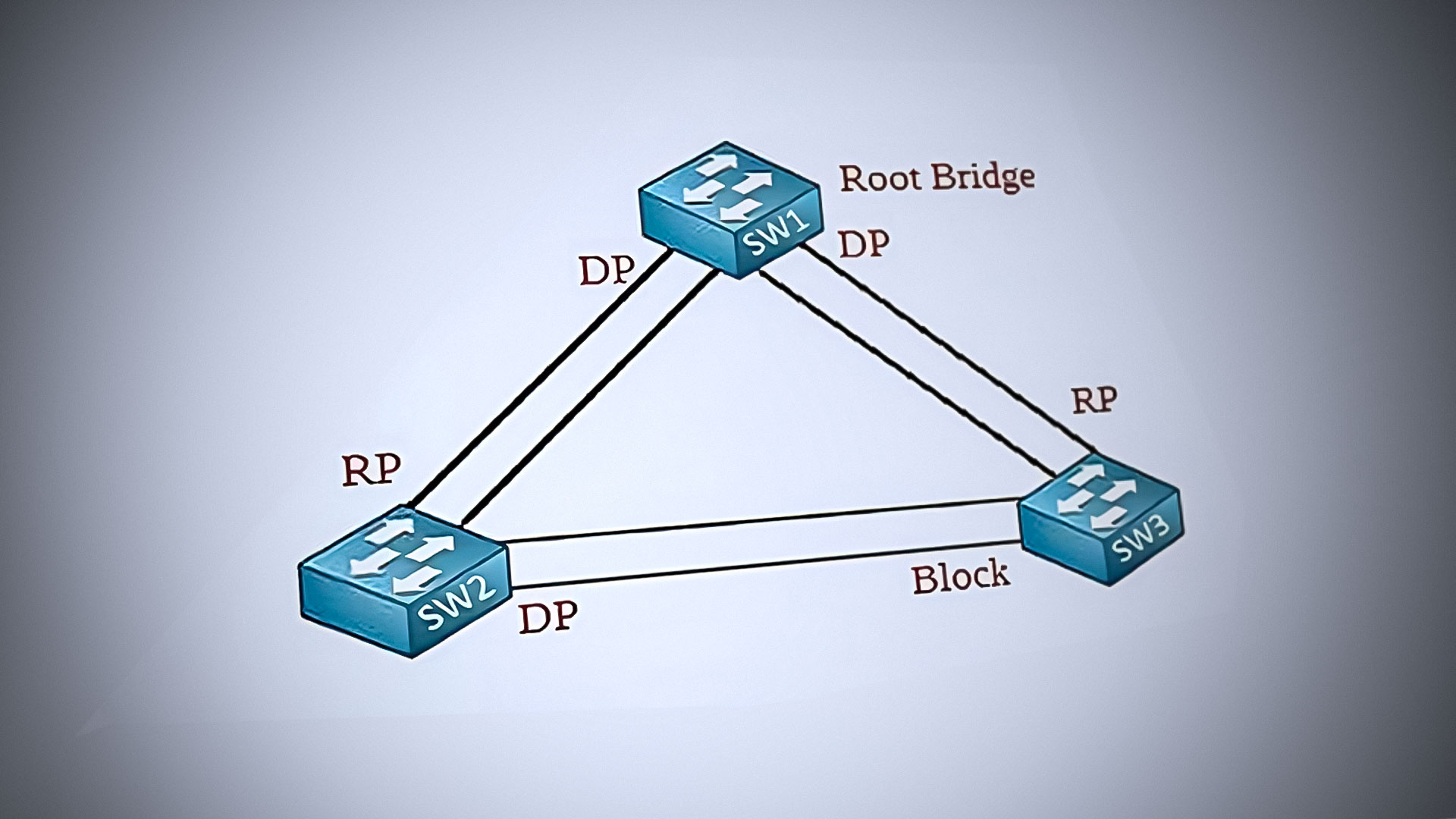Spanning Tree Protocol: A Comprehensive Guide
Spanning Tree Protocol (STP) is a network protocol designed to ensure a loop-free topology in Ethernet networks. Developed as part of the IEEE 802.1D standard, STP plays a crucial role in modern networking, particularly in preventing broadcast storms and optimizing network performance. This article provides an in-depth understanding of STP, its functionality, and its significance in network management.
What is the Spanning Tree Protocol?
Spanning Tree Protocol (STP) is a Layer 2 protocol that detects and prevents switching loops in a network. Switching loops occur when there are multiple active paths between switches, causing endless circulation of broadcast traffic. These loops can overwhelm network resources, leading to degraded performance or even complete network failure. STP solves this problem by identifying redundant links and disabling them until they are needed.

How does STP work?
Spanning Tree Protocol operates by using the following key steps:
- Root Bridge Election: STP begins by selecting a Root Bridge, the central point of reference for all path calculations. The switch with the lowest bridge ID (a combination of priority and MAC address) becomes the Root Bridge.
- Path Cost Calculation: Each switch determines the cost of reaching the Root Bridge based on link speeds. Lower-cost paths are preferred.
- Port Roles Assignment: STP assigns roles to switch ports:
+ Root Port: The port with the lowest cost path to the Root Bridge.
+ Designated Port: The port that provides the best path to a segment.
+ Blocked Port: Ports that are not part of the active topology to prevent loops.
- Topology Changes and Convergence: STP continuously monitors the network. If a link fails, STP recalculates the topology, enabling previously blocked ports to maintain connectivity.
Variants of Spanning Tree Protocol
Several enhanced versions of STP have been developed to address its limitations:
- Rapid Spanning Tree Protocol (RSTP): An improvement over STP, RSTP (IEEE 802.1w) provides faster convergence times, making it suitable for modern networks.
- Multiple Spanning Tree Protocol (MSTP): Defined in IEEE 802.1s, MSTP allows multiple spanning trees to coexist in a single network, optimizing traffic flow.
Benefits of STP
- Loop Prevention: Eliminates switching loops that can disrupt network operations.
- Redundancy: Enables backup links that can be activated during failures.
- Scalability: Supports large and complex network topologies.

Best Practices for Implementing STP
- Set Bridge Priorities: Configure root bridge priorities manually to control network topology.
- Monitor STP States: Regularly check port states to ensure proper operation.
- Use RSTP or MSTP: Upgrade to faster protocols for improved performance in modern networks.
Conclusion
Spanning Tree Protocol remains a cornerstone of Ethernet networking, providing reliability and stability in Layer 2 topologies. By preventing loops and enabling redundancy, STP ensures seamless communication in increasingly complex network environments. As networking technologies evolve, understanding and effectively implementing STP and its variants is essential for network administrators aiming to build robust and efficient infrastructures.
Optimize your network today with the power of Spanning Tree Protocol and its advanced counterparts.